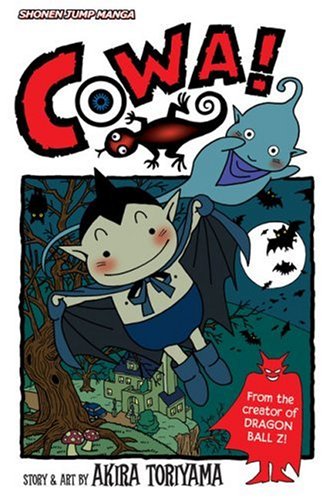Support manga, support your library! Here's what I've been reading: Arisa, Volumes 5-7 by Natsumi Ando. As ridiculous and unbelievable as Arisa can be, I'll have to admit that I actually am …
Library Love, Part 15
Support manga, support your library! Here's what I've been reading: Ju-On: Video Side by Miki Rinno. I haven't actually seen any of the the films in Takashi Shimizu's Ju-On franchise, but I …
Vagabond, Omnibus 3
Creator: Takehiko Inoue U.S. publisher: Viz Media ISBN: 9781421522456 Released: April 2009 Original release: 2000-2001 Awards: Japan Media Arts Award, Kodansha Manga Award, Tezuka Osamu Cultural …
My Week in Manga: November 26-December 2, 2012
My News and Reviews Although it wasn't a particularly busy week at Experiments in Manga, I did have three posts in addition to the usual My Week in Manga. November's Bookshelf Overload was posted …
Continue Reading about My Week in Manga: November 26-December 2, 2012 →
Library Love, Part 10
Support manga, support your library! Here's what I've been reading: Good-bye by Yoshihiro Tatsumi. Good-bye collects nine short manga from gekiga pioneer Yoshihiro Tatsumi. The stories all tend …
Vagabond, Omnibus 2
Creator: Takehiko Inoue U.S. publisher: Viz Media ISBN: 9781421522449 Released: December 2008 Original release: 1999-2000 Awards: Japan Media Arts Award, Kodansha Manga Award, Tezuka Osamu …
